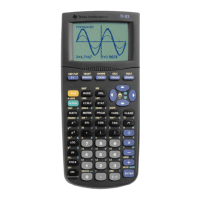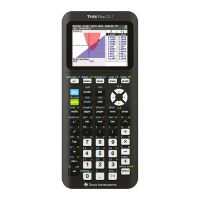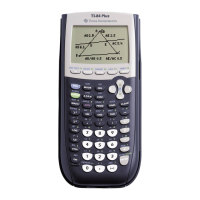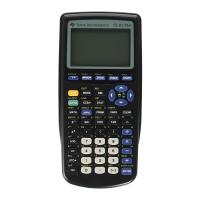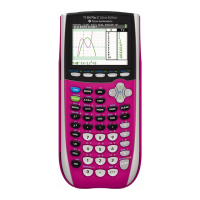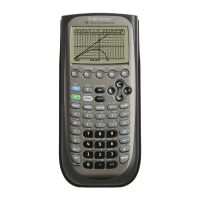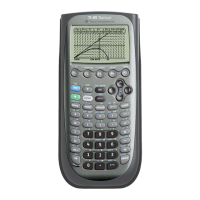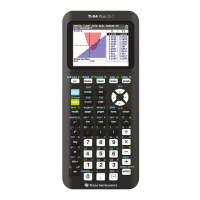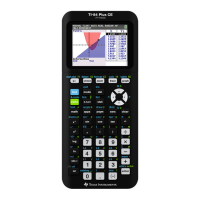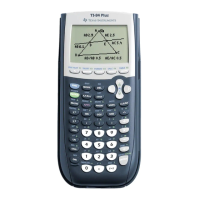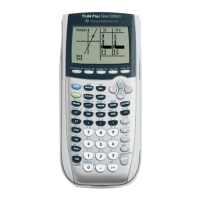Trig functions return unexpected answers in DEG mode - why?
Internally, the trig functions always convert to radian measure. DEG (degree) mode simply multiplies
trigonometric arguments by pi/180 before proceeding with simplification.
Thus depending on the arithmetic mode (EXACT, APPROX or AUTO) and whether or not the
trigonometric argument contains floating-point constants, you might see pi/180 in a result.
View the name of the variable currently in any editor
You can view the name of a variable currently in an editor of the TI-92. From inside any of the editors
(Text,Program,Data/matrix,Geometry) go to the Save As dialog box (under the F1tools pull down
menu) and see the name of the variable in the title of the dialog box.
ViewScreen connector - does every TI-92 have it?
All TI-92s sold in the United States** will have the ViewScreen connector.
We have heard from teachers for a very long time how nice it would be to have each calculator drive a
ViewScreen. Since the TI-92 ViewScreen electrical system is designed into every TI-92 unit, we only
had to add the connector to make each TI-92 ViewScreen capable.
This will allow students to easily show something to the class on the teacher's remote display panel.
It will also allow teachers to purchase a TI-92 for evaluation and easily upgrade to the ViewScreen
capability later.
**TI-92s sold in Europe come in two versions - the regular TI-92 and the TI-92 ViewScreen compatible
calculator.
What is under the little screwed in cover plate under the back case?
This is where the back up battery is stored.
When doesn't work as expected in a data variable - why?
The when comparison doesn't work as some people would expect. If you are trying to test each
element in a column to determine which element is entered in another column, you will need to use the
following:
seq(when(c1[e]>X, 1,2,3),e,1,dim[c1])
You have to 'force' the when to compare each element by placing it within a sequence.
Why does 4
x
get simplified into 2
2x
?
Bases are factored into primes to help recognize cancellations. For example,
6
x
4
x
e
2
x
3
x
2
2x
e
3
x
2
2x−x
e
3
x
2
x
e
3
2
x
Why, when I enter solve (sin(x)=0,x) do I get x=@n1*pi? (TI-92)
This equation has an infinite number of points where sin(x)=0. For example, sin(pi)=0, sin(2*pi)=0,
sin(3*pi)=0 and so on...
The TI-92 is showing that this equation has this infinite set of solutions by displaying @n1*pi. The
integer suffix of "@n" increases for successive problems, then wraps back to 1 after 255.
Think of "@n" as denoting "@rbitrary iNteger".
B - 20
